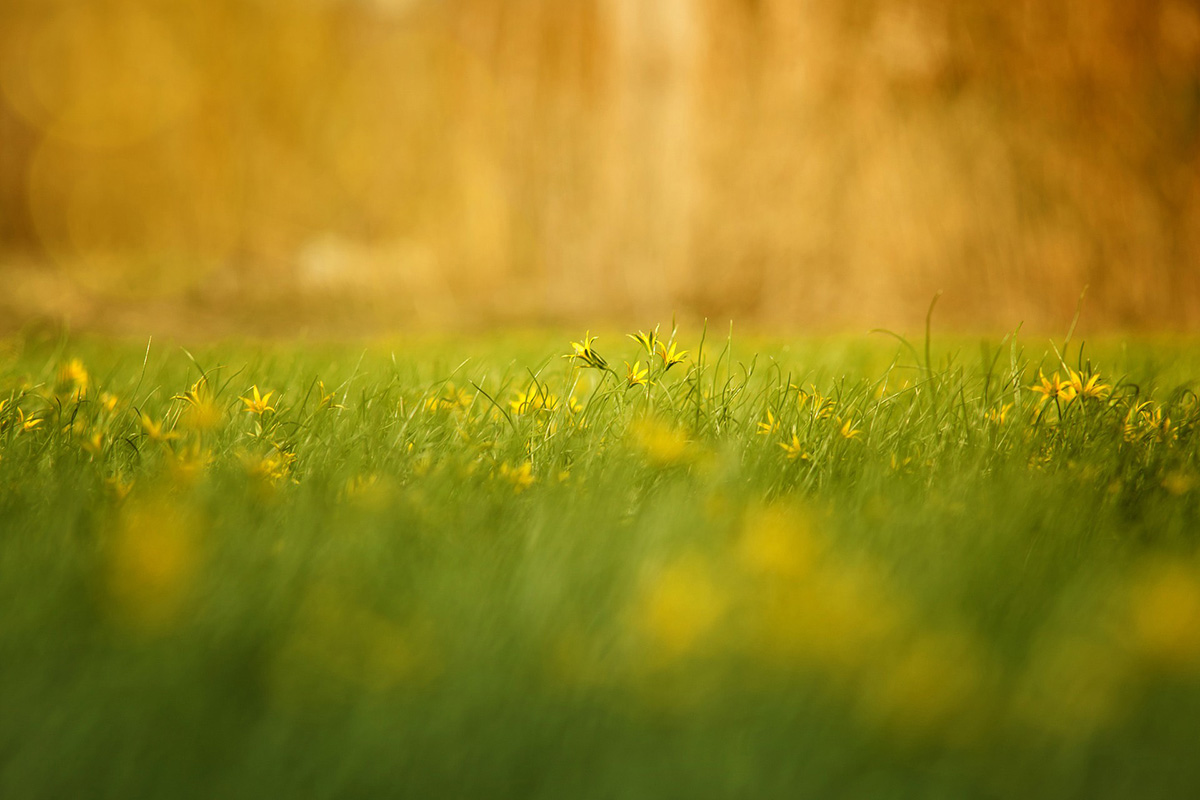
By Sarah Browning, Extension Educator in Lancaster County
For many home gardeners, it's fun to get a head start on the upcoming garden season by starting seedlings indoors, with the goal of producing short, stocky and dark green transplants.
The containers and soil must be free of disease organisms. The easiest option for home gardeners is to use a commercially prepared soilless media, such as Miracle Gro or Jiffy Mix.
WHEN TO START YOUR SEEDS
The correct indoor sowing dates for several popular flowers and vegetables are:
• Early March — cabbage, broccoli and cauliflower.
• Mid-March — pepper, eggplant, petunia and salvia.
• Late March — tomato, marigold and zinnia.
• Early April — muskmelon, watermelon, squash and cucumber.
If unsure of the sowing date, check the seed packet.
SOWING SEEDS
Fill the pots or flats with growing media to within 1/2 to 1 inch of the top. Firm the growing media, water thoroughly, then allow it to drain. Fine seeds are usually dusted on the surface of the seedbed, then lightly pressed into the growing media. Very small seeds can be mixed with a small amount of sand to make disbursing them easier. Large seeds should be covered with growing media to a thickness of one to two times their diameter.
Watering from below prevents the washing of seeds off the soil and prevents seeds from being buried too deeply in the soil through the movement of water. To do this, after sowing the seeds, place the seed pots in a larger tray or container of water. Allow water to wick up through the growing media from beneath; this will take some time so be patient. When the surface becomes wet, remove the seed pots from the tray of water and allow them to drain.
When sowing seeds into individual containers, plant two or three seeds per container. Place the containers in a flat and water.
CARE DURING GERMINATION PHASE
To ensure uniform moisture during germination, cover the seed flats with a clear plastic cover, plastic wrap or place it in a clear plastic bag. Poke a few holes in the plastic wrap or bag to allow for some air circulation. This cover conserves moisture and promotes quick germination. Once seedlings appear, the cover should come off to reduce the likelihood of damping-off, a fungal disease, and to keep seedlings from become spindly.
Keep growing media moist but not sopping wet — if it's allowed to dry out completely, germinating seeds may be killed. If seedlings get so dry they wilt, their growth will be retarded for several days. Too much water causes root rot or damping-off. Roots need air as well as water and will not survive long in saturated soil.
Set the container in bright light, but out of direct sunlight. A medium temperature of 70–75°F is adequate for the germination of most flowers and vegetables. Remove the plastic covering or bag as soon as germination occurs.
FOR MORE INFO
• See “Recycled Containers for Seed Starting,” at https://go.unl.edu/containers
• Post Germination Care, https://go.unl.edu/startingseeds